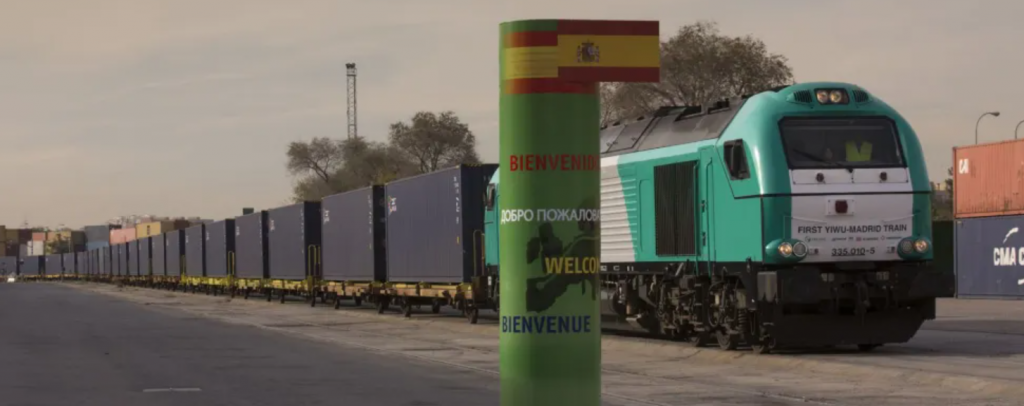

Human beings have always moved from place to place and traded with their neighbours, exchanging goods, skills and ideas. Throughout history, Eurasia was criss-crossed with communication routes and paths of trade, which gradually linked up to form what are known today as the Silk Roads; routes across both land and sea, along which silk and many other goods were exchanged between people from across the world. Maritime routes were an important part of this network, linking East and West by sea, and were used for the trade of spices in particular, thus becoming known as the Spice Routes.
The ancient silk roads refer to a network of routes used by traders for more than 1,500 years, from when the Han dynasty of China opened trade in 130 B.C.E. until 1453 C.E.
Based on the same principle as the ancient silk roads, China’s Belt and Road Initiative (BRI) (一带一路) is a strategy initiated by the People’s Republic of China that seeks to connect Asia with Africa and Europe via land and maritime networks with the aim of improving regional integration, increasing trade and stimulating economic growth.
By March 2022, the number of countries that have joined the Belt and Road Initiative (BRI) by signing a Memorandum of Understanding (MoU) with China is 147. The countries of the Belt and Road Initiative (BRI) are spread across all continents: 43 countries are in Sub-Saharan Africa.
Keeping politics aside, I consider the best BRI project is the train from China to Madrid and to London, in terms of mutual benefit.


China to Madrid by train:


In 2014 was inaugurated the largest railway for merchandise transport of the world that links Madrid (Spain) with the city of Yiwu (China) and has a distance of 13052 km. That line forms part of a big project from the Chinese government and it follows the three lines that link German cities and Chinese cities as shown on the above map.
China to UK by train:


The Yiwu–London Railway Line is a freight railway route from Yiwu, China, to London, United Kingdom, covering a distance of roughly 12,000 km (7,500 miles). This makes it the second longest railway freight route in the world after the Yiwu–Madrid railway line, which spans 12,874 km (8,046 miles). It is one of several long-distance freight railway routes from China to Europe on the “New Eurasian Land Bridge” and part of establishing a modern-day Silk Road. The route was opened on 1 January 2017, making London the 15th European city to have a railway route connection with China, and takes 18 days to complete (other European cities with China-Europe railway routes include
Hamburg, Madrid, Rotterdam, Warsaw, etc.).
From Yiwu, a trading centre 300 km south of Shanghai, the route passes through 9 countries: China, Kazakhstan, Russia, Belarus, Poland, Germany, France, and UK. In order to get to the UK the route passes through the Channel Tunnel between France and the UK. The London end of the route is located at the DB Eurohub in Barking, East London.
The train starts from Yiwu which is known as the world’s capital of small commodities. Yiwu is the world’s largest wholesale market of small commodities which has 236 categories and more than 1.8 million kinds of commodities.
This BRI project offers better access to domestic and international markets, allows small producers to reliably sell more produce, with better quality and at higher prices.
As I said earlier, keeping politics aside, I consider the best BRI project is the China to Europe by train, in terms of mutual benefit.
by Koon Yew Yin
Disclaimer: The views and opinions expressed in this article are those of the author and do not necessarily reflect the official policy or position of Ipoh Echo


